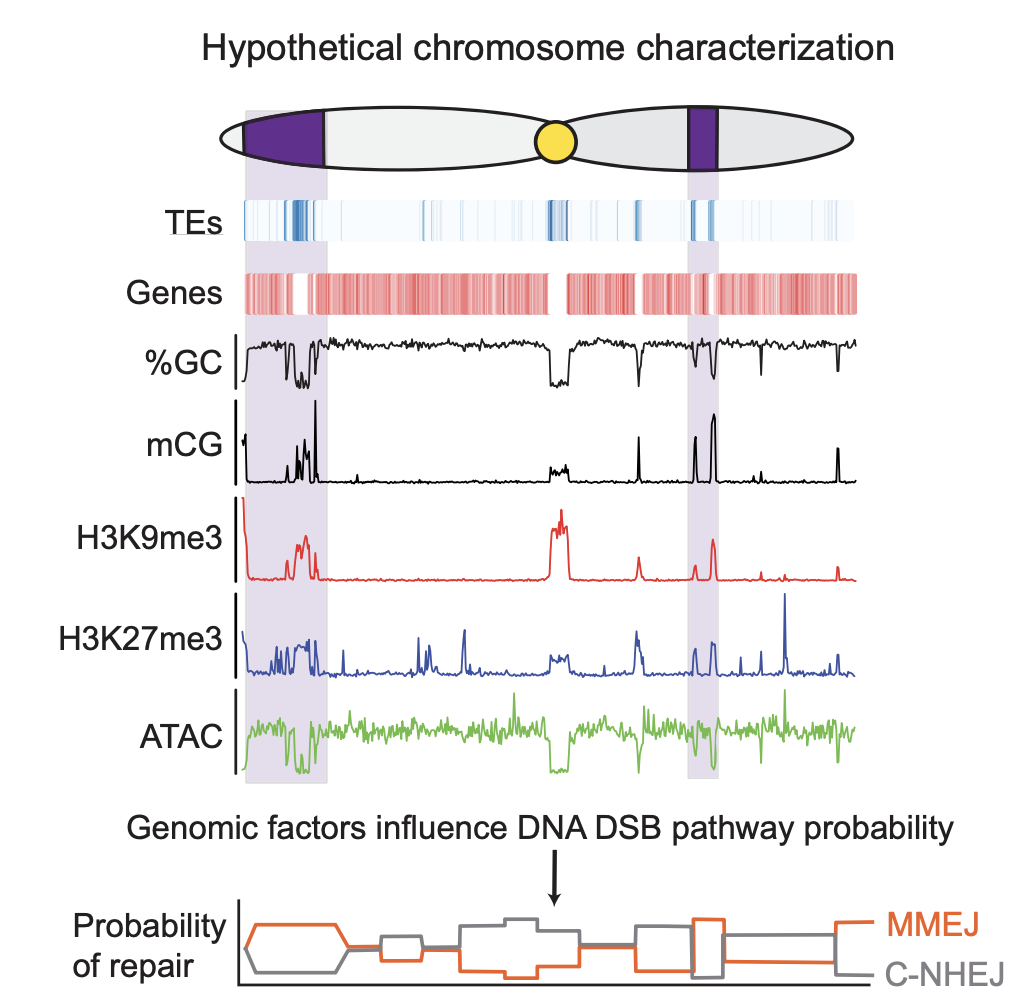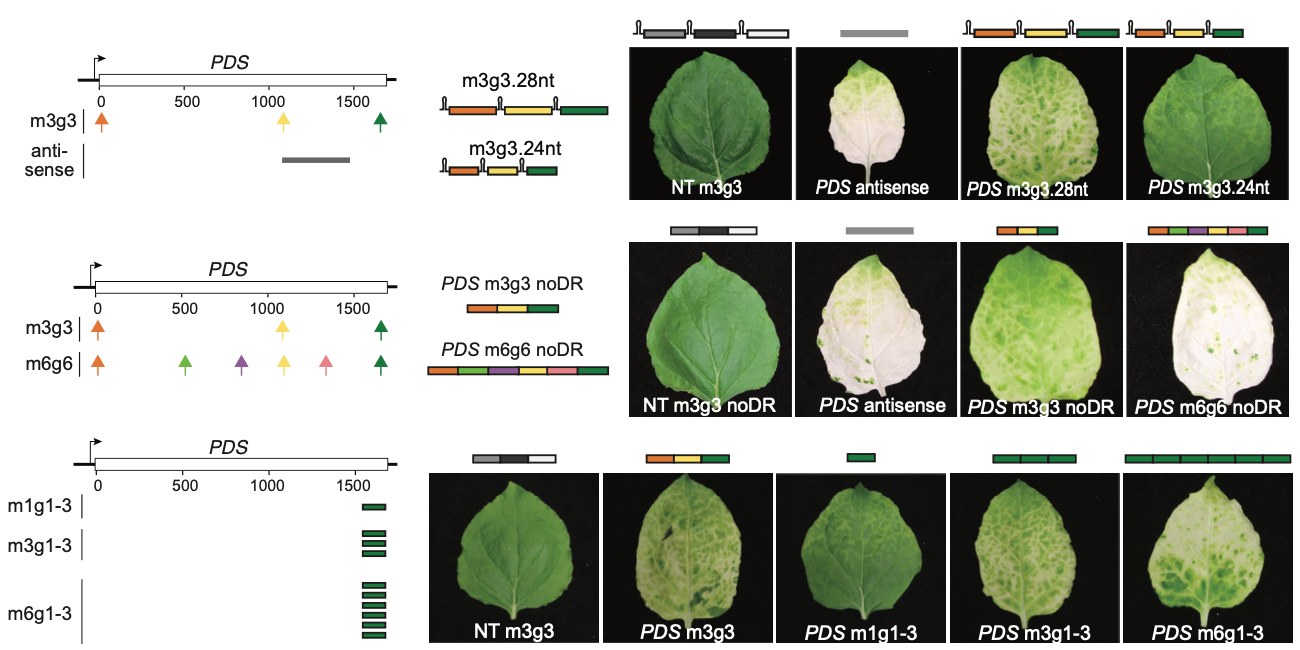Research Projects
The lab’s research efforts focus on three themes. There are multiple lines of inquiry in each theme, and we work as a team to make progress in each area. Research members are encouraged to push, expand, and refine our research themes.
Understanding transcriptional dynamics during infection
Plants and fungi undergo significant transcriptional reprograming upon interaction and infection. Plants use cell-surface and cytoplasmic receptors to detect pathogens and enact extensive signaling cascades to activate plant defenses. Likewise, fungi undergo significant developmental changes during infection to penetrate and invade the host, and produce a myriad of proteins, termed effectors, and chemicals to subvert, modify, and facilitate host infection. The importance of transcriptional dynamics during plant infection are well established, but significant gaps remain in our basic understanding of effector regulation. 
Given the potential for hundreds of effectors to be specifically expressed at different stages of infection, there must be signals and layers of regulation. Additionally, many effector coding sequences reside in genomic regions characterized as heterochromatic, that have fewer coding sequences, less transcriptional activity, and are physically more compact, although DNA accessibility has not been assessed in many fungal pathogens. The Cook lab is testing the hypothesis that histone modifications contribute to transcriptional regulation of effectors. Critical questions remain to be answered regarding fungal effector regulation.

Mechanisms Contributing to Fungal Genome Diversity
 Genomic regions coding for effectors are often highly sequence diverse across related strains. This includes diversity that changes amino acid sequences, but also structural variation that changes the location or presence of a coding sequence. The process of natural selection plays a significant force in shaping this diversity as fungal pathogens undergo selected to evade host immunity, withstand their environment, and improve their
Genomic regions coding for effectors are often highly sequence diverse across related strains. This includes diversity that changes amino acid sequences, but also structural variation that changes the location or presence of a coding sequence. The process of natural selection plays a significant force in shaping this diversity as fungal pathogens undergo selected to evade host immunity, withstand their environment, and improve their

virulence. What is not clear in this process are the mechanisms creating the diversity before selection. There is not strong theory or evidence to answer the simple question, how likely is locus X to develop a genetic variant? There are many hints and results across different systems that give clues to this question. We are interested to develop a coherent picture for why a given mutations occurr and to predict their probability.
Improving Plant Defense
Breeding, agronomics, and plant pathology keep national and international agriculture running. This is under threat however due to global population increase, variable climatic conditions, and emergent pathogens and pests. While our traditional approaches continue to address these challenges, they are not enough. Advances in genome engineering, biotechnology, and synthetic biology need to play a significant role in protecting and advancing agriculture for food security and our bioeconomy.
The Cook lab has worked on a range of biotechnology applications for crop improvement, including Cas13 RNA-silencing, guide-induced gene silencing (GIGS), machine learning to identify components of the immune system, and machine learning for protein design. The Cook lab is committed to turning knowledge and ideas into creative solutions for crop protection and crop improvement.

